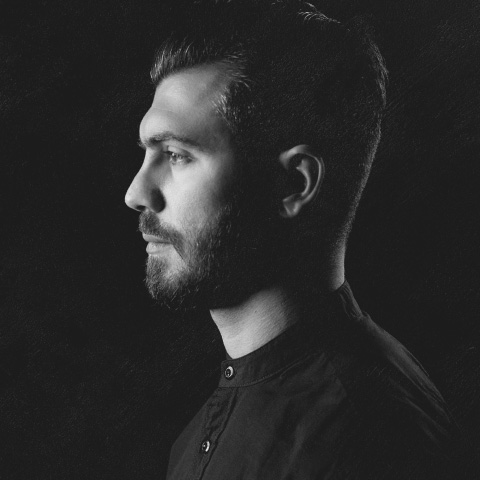What you might not immediately think of is the kind of design that you use every day, but don’t give much thought to. Designs that change all the time and live inside your pocket — the design of digital experiences.
This kind of design is made at a scale that’s greater than what we can comprehend — sometimes, it ends up in the hands of billions of people.
Among other things, it also shapes our interpersonal relationships, dictates how we buy things and influences how we consume news. It not only touches all of us, but it’s become so ingrained in our daily lives that we’ve become dependent on it; addicted to it.
This is the kind of design where changing the color of a single button can increase revenue by $200 million. It can even decide the outcome of presidential elections.
It’s the kind of design that is more than just pleasing to the eye. No. It shapes our behavior and causes us to form new habits, for better or for worse.
A Multi-Disciplinary Approach
Unlike other design disciplines, digital design has a rapidly evolving canvas; from devices, to screens, and now, conversations. Because of this, the new generation of designers need more than artistic abilities.
But I’m not talking about coding or programming — far from it, actually. Rather, many of today’s digital designers have skills that make them look more like psychologists, anthropologists, statisticians, economists, artists and business people on paper.
Don’t believe me?
Raphael Arar is proof. A designer and researcher at IBM, Arar epitomizes the style and multi-disciplinary skill set of the modern designer. Among other things, Arar designs for the digital experiences we have with conversational agents (or chatbots), where he pulls in elements from a variety of disciplines to make our conversations with machines feel more real.
Arar’s depth of understanding in things like Conversation Analysis, a real scientific field that studies social interactions, may be surprising to many people. That’s because he might not sound like the kind of designer you’re used to.
“When we communicate emotion, you can say certain things that convey meaning that might not be in the words that you choose, but rather, in the way that you respond.” he said, when describing his work. “I can say something like ‘It’s a pretty nice day, isn’t it?’ And if the recipient pauses, it signifies a negation, that you disagree, and you can look at these signifiers in a variety of contexts.”
Because we’re having more digital experiences that are conversational (rather than swipes and taps), an understanding of sociology and psychology are table stakes for designers like Arar.
Unconventional Career Paths
Arar’s academic background may also be surprising to non-designers. During his undergrad, he studied behavioral economics and music composition. Thereafter, he completed his MFA, where he explored interactions in an aesthetic and philosophical way.
Although he admits that he’s had an unconventional path to design, each point has been a culmination, however seemingly unrelated, of his work as a designer today.
“It makes sense when I look back on my path.” he says. “Behavioral economics is the understanding of incentive structures of humans, and music composition, I think, equates to user experiences — to compose music is to create an experience that is time-based and one that guides the listener.”
But Arar is not alone in his winding path to design. Many of today’s digital designers, myself included, come from very diverse backgrounds, with fewer designers emerging from actual design school. In fact, a recent report found that 86 percent of designers develop their digital skills outside of their coursework, and instead are learning best-practices on the job.
That’s likely because digital design is a fairly new thing, and today’s designers are figuring it out as they go along. But design’s purpose is to make our digital experiences more enjoyable and easier to use, and what that ultimately requires is an understanding of human nature more than anything else.
That’s not something they teach in design school.
New Kinds of Designers Will Continue To Emerge
As new technologies continue to emerge, so will new kinds of designers. For example, the recent rise of the Internet of Things (IoT) and Artificial Intelligence (AI) has created a new demand for designers to understand fields like data-science and mathematics, in addition to the behavioral sciences.
At this pace, our understanding of what a designer does might continue to change, and we’ll continue to be surprised at what digital designers are are capable of.
But one thing is for certain: although the digital age has redefined what it means to be a designer, the evolution of the trade is just beginning.
—
This article originally appeared here.

